Documentary reveals fresh angle on the disappearance of Suzy Lamplugh
It remains one of the most notorious unsolved cases in UK criminal history. And in a new twist, it seems that vital witness testimony was ignored by police. James Rampton explains

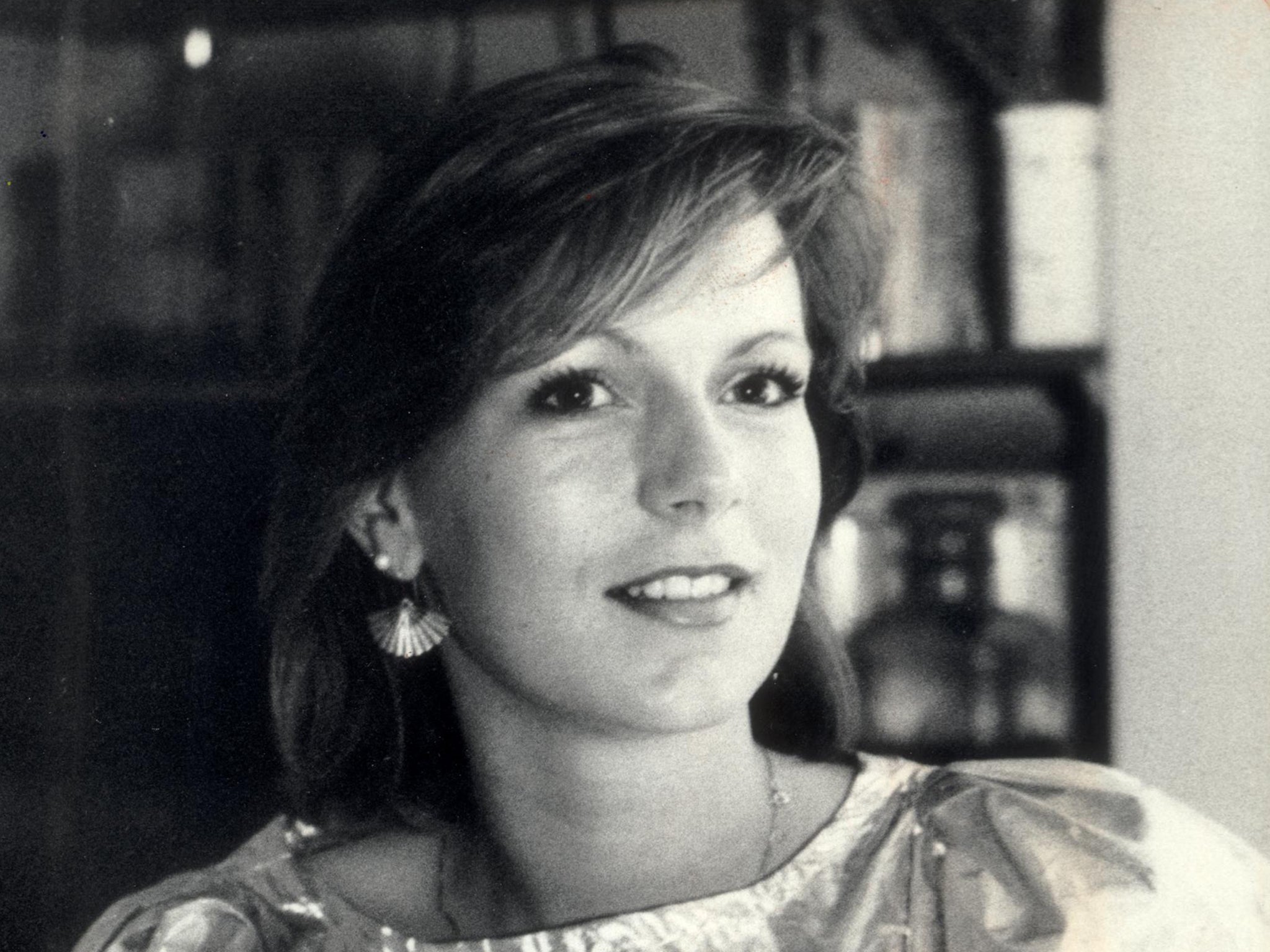
In 2000, Diana Lamplugh explained to a press conference how the disappearance of her daughter, Suzy, 14 years earlier had shattered her life. “I’m a mother, and I’ve lost part of my body. Part of my body has died.”
These words still carry immense power after all these years and simply intensify the feeling that it is impossible to remain unmoved by the story of Suzy Lamplugh. Her disappearance in 1986 remains one of the most notorious unsolved cases in UK criminal history. Thirty-five years after it happened, it continues to transfix us.
In light of the very sad and shocking case this week of Sarah Everard, another young professional woman who went missing in south-west London, the details of Suzy’s disappearance bear repetition.
Monday 28 July 1986 was a beautiful, sunny day in south-west London. At 12.40pm, 25-year-old Suzy left her estate agent’s office in Fulham to show a “Mr Kipper” a house that was for sale nearby. She was never seen alive again. It soon became Britain’s biggest missing person investigation and made headlines all over the world. It even attracted an army of clairvoyants and mediums, including Doris Stokes and Uri Geller, who held a conference about the case at the Hammersmith Palais.
However, despite the best efforts of detectives who spent a total of 22 years on the case, Suzy’s body has never been found. She was presumed murdered and was legally declared dead in 1994. No one has ever been arrested or charged with her abduction and murder. Her parents died without ever knowing what had become of their daughter.
A young woman full of life, Suzy had by 1986 already spent one year working as a beauty therapist on the QE2. A sports lover, she had been windsurfing just the day before she vanished.
She epitomised the go-getting attitude of the 1980s, that heady sense that you could do anything you wanted. But, at the very moment when it seemed that the sky was the limit for her, she simply disappeared into thin air. As Diana put it afterwards: “There has not been a single trace of her. Nothing. Just as though she has been erased by a rubber.”
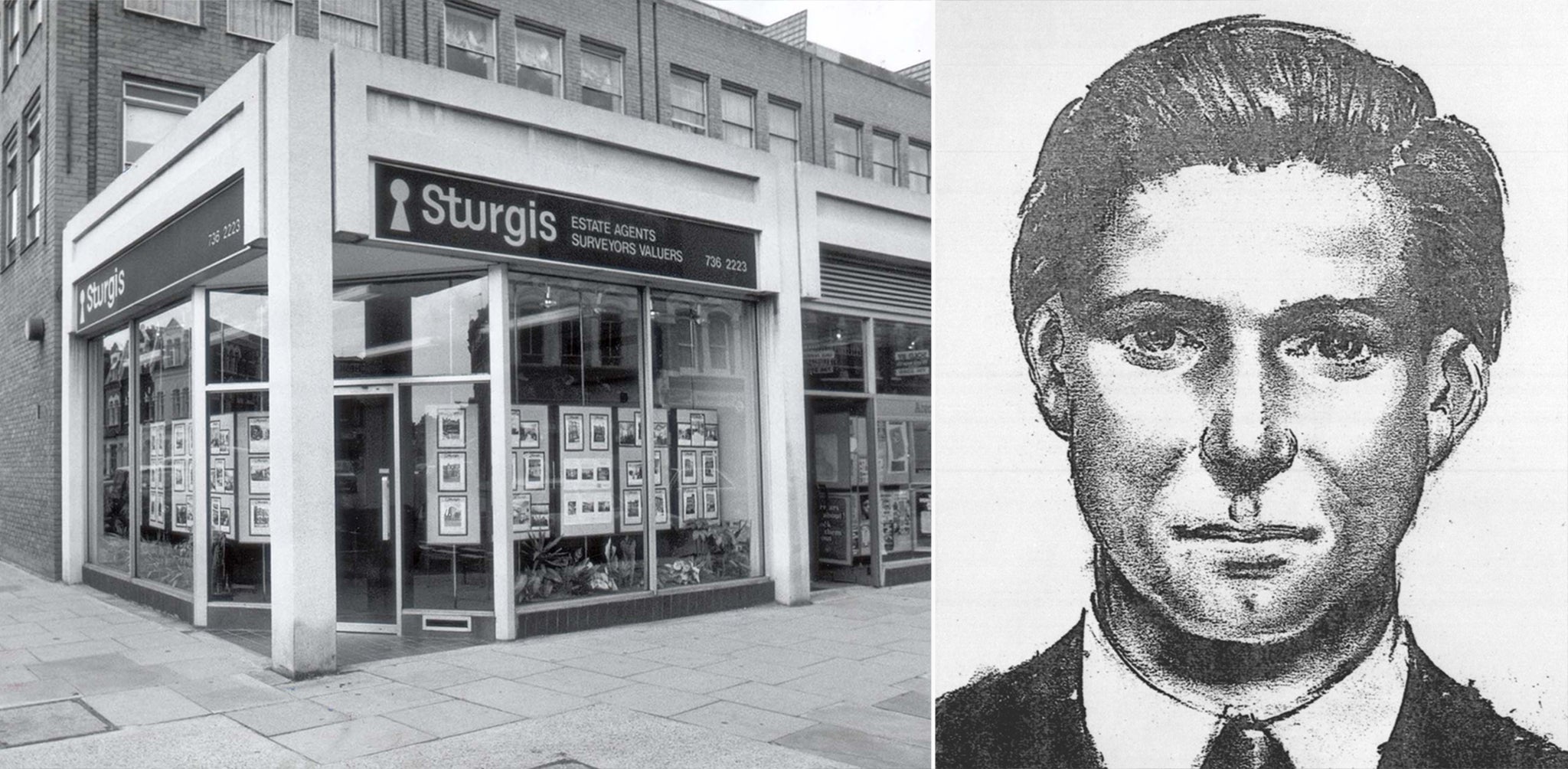
It is this unfathomable nature of this case that still grips us. For the past three-and-a-half decades, the public has been baffled by the central issue: surely people don’t just vanish, especially in broad daylight in one of the busiest cities of the world. Do they?
To mark the 35th anniversary of her disappearance, Sky Crime has produced The Mystery of Suzy Lamplugh, a compelling two-part documentary that goes out on Sunday. The film contains new and exclusive details about the case. These focus on fresh, potentially game-changing information about a witness whose testimony appears to have been overlooked by the police at the time. If this opportunity had been taken, it might have altered the whole course of the case.
The revelation in the documentary centres on John Cannan, the man police described as their only suspect in Suzy’s disappearance. He is a former car salesman, who in July 1988 was found guilty of murder and sexual offences. Having previously served eight years for rape and theft, Cannan was handed three life sentences for the murder of Shirley Banks in Bristol in October 1987, the attempted kidnapping of Julia Holman on the previous night, and the rape of an unnamed woman in Reading in 1986. The judge recommended that he never be released from prison.
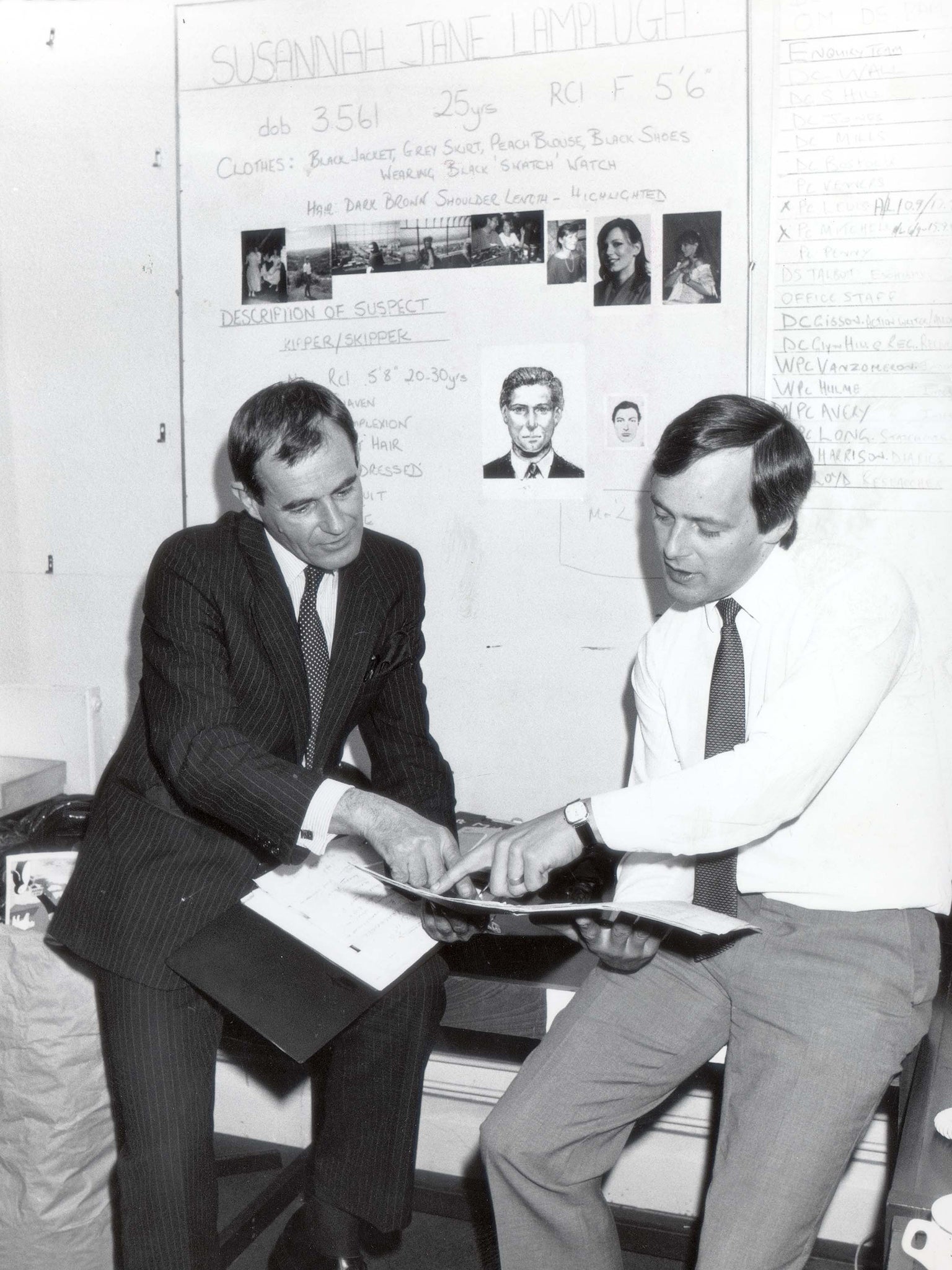
In spite of police suspicions, Cannan has always denied any involvement in Suzy’s disappearance, and in November 2002 the Crown Prosecution Service announced that there was insufficient evidence to charge him. At the time, Paul Lamplugh, Suzy’s father, said: “We are greatly distressed and indeed angered that, after all these years, it is still not possible to prosecute the person both we and the police believe murdered Suzy.”
In a highly unusual move, later the same month, Scotland Yard declared at a press conference that Cannan is the man they think killed Suzy. His sentence ends in 2024.
But The Mystery of Suzy Lamplugh has discovered a new angle. It reveals that two years ago a woman called Anne approached retired detective superintendent, Jim Dickie, the officer who led the seven-year reinvestigation of the case from 1999. Anne told him that at 5am on 31 July 1986, a friend of hers called Dave witnessed a man on the towpath dumping a heavy load into the Grand Union Canal at Brentford.
Two years later, Dave saw a photo in the paper of Cannan, who was then being tried for the murder of Shirley Banks in Exeter. Dave, who died in 2008, took time off work to travel to Exeter and watch the accused in the dock. He was immediately convinced that Cannan was the man he had seen on the towpath.
Anne says that Dave reported the incident from the canal to Brentford police station three times, but his evidence appears to have been ignored. Dickie now says: “If I was still the senior investigating officer, I’d move heaven and earth to see if there was a body in luggage in that area.”
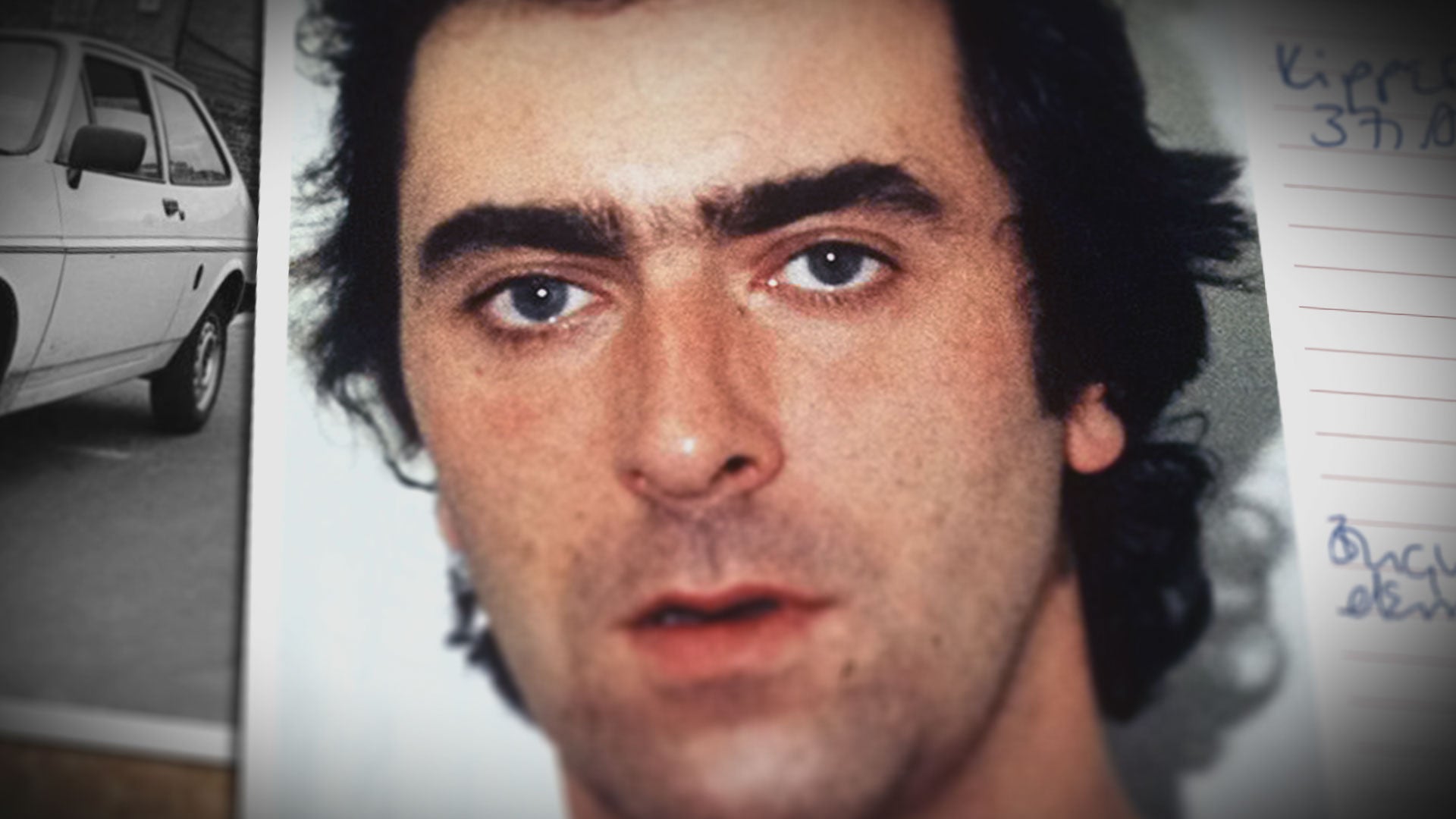
The exasperation clear in his voice, he adds: “Christ, if I’d known that in 2000 and they had known it in 1986, they could have recovered a body. So someone screwed up.”
Steve Anderson, the executive producer of The Mystery of Suzy Lamplugh, is equally frustrated. “If the story that Dave went to Brentford police station three times and was dismissed is true, that’s diabolical. That’s unacceptable. That should never happen again.”
So why, after 35 years, does this case still haunt us? In the opinion of Anne Ashworth, a journalist who covered it at the time: “The disappearance of Suzy Lamplugh sent a shiver down the spine of every young woman because people thought, ‘that could be me’.”
Anderson observes that her disappearance tapped into every family’s deepest fear. “That a young woman can just go missing in the middle of London is the worst nightmare for every parent. Suzy Lamplugh is the embodiment of that.”
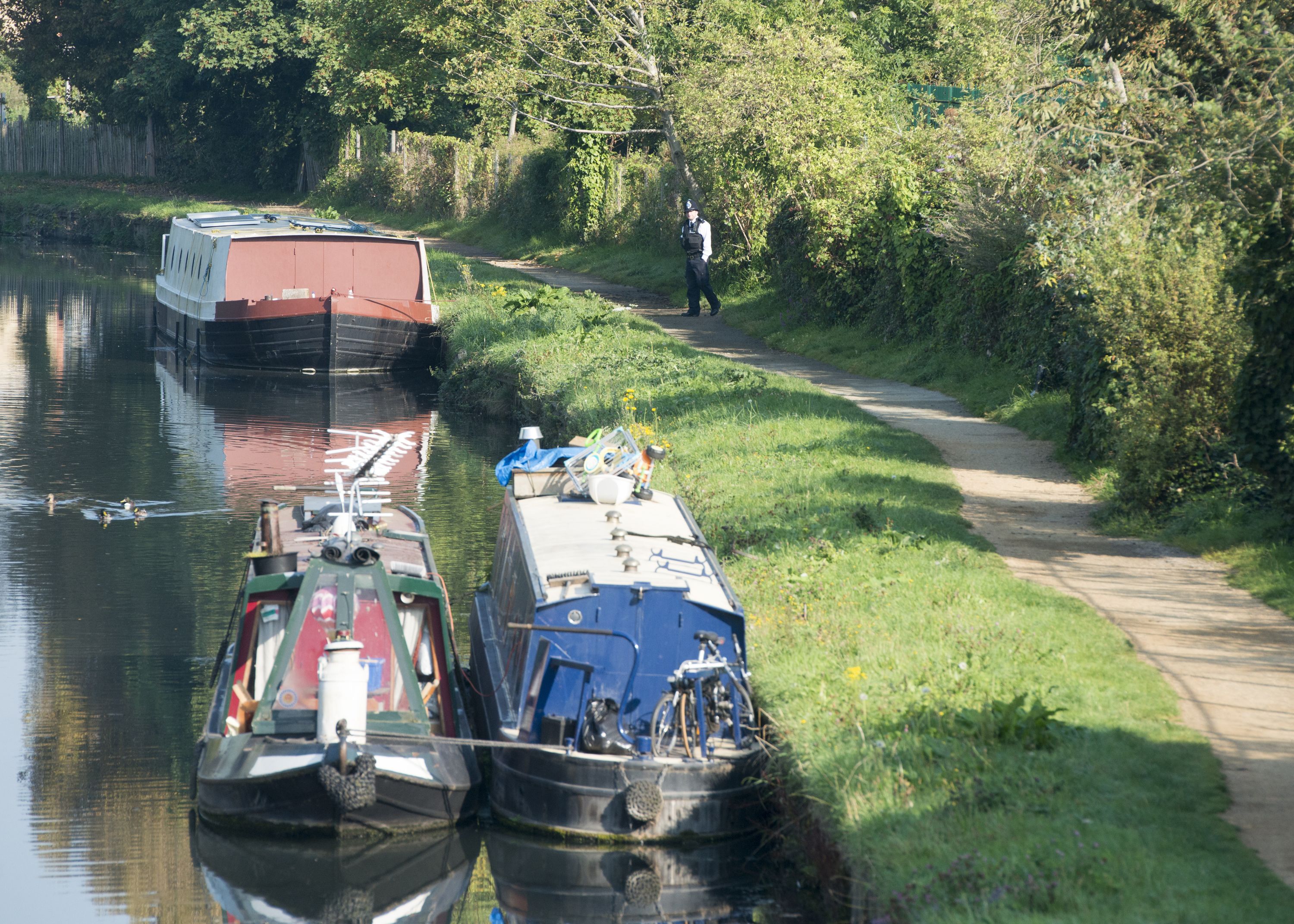
In Dickie’s view, Suzy’s relatability, her very girl-next-door-ness made her disappearance all the more disturbing. “Suzy went to work one morning and never came back. She disappeared off the face of the earth. The case captured everyone’s imagination.
“Certain cases stick in your mind, and this case sticks in your mind because it was front-page news, not just on day one, but for months afterwards. Even to this day, it is still a front-page story, and it will be until the mystery is solved. Suzy was young and attractive, and I think that contributed to it. She was part of the ‘Putney Set’, as they termed themselves. She was an independent, vivacious young woman – who would want to harm someone like that?”
Like it or not, the fact that Suzy was attractive certainly heightened the red tops’ interest in the case. Nick Ross, who presented several Crimewatch episodes about the story, muses that: “Suzy’s disappearance ticked all the media boxes, and probably for the wrong reasons. She was young, she was pretty, she was vivacious, she was a professional.”
The TV presenter, who fronted Crimewatch for 23 years, thinks journalists must bear some responsibility for hyping up the story of Suzy’s disappearance. “It’s my fault, it’s your fault, it’s all journalists’ fault.
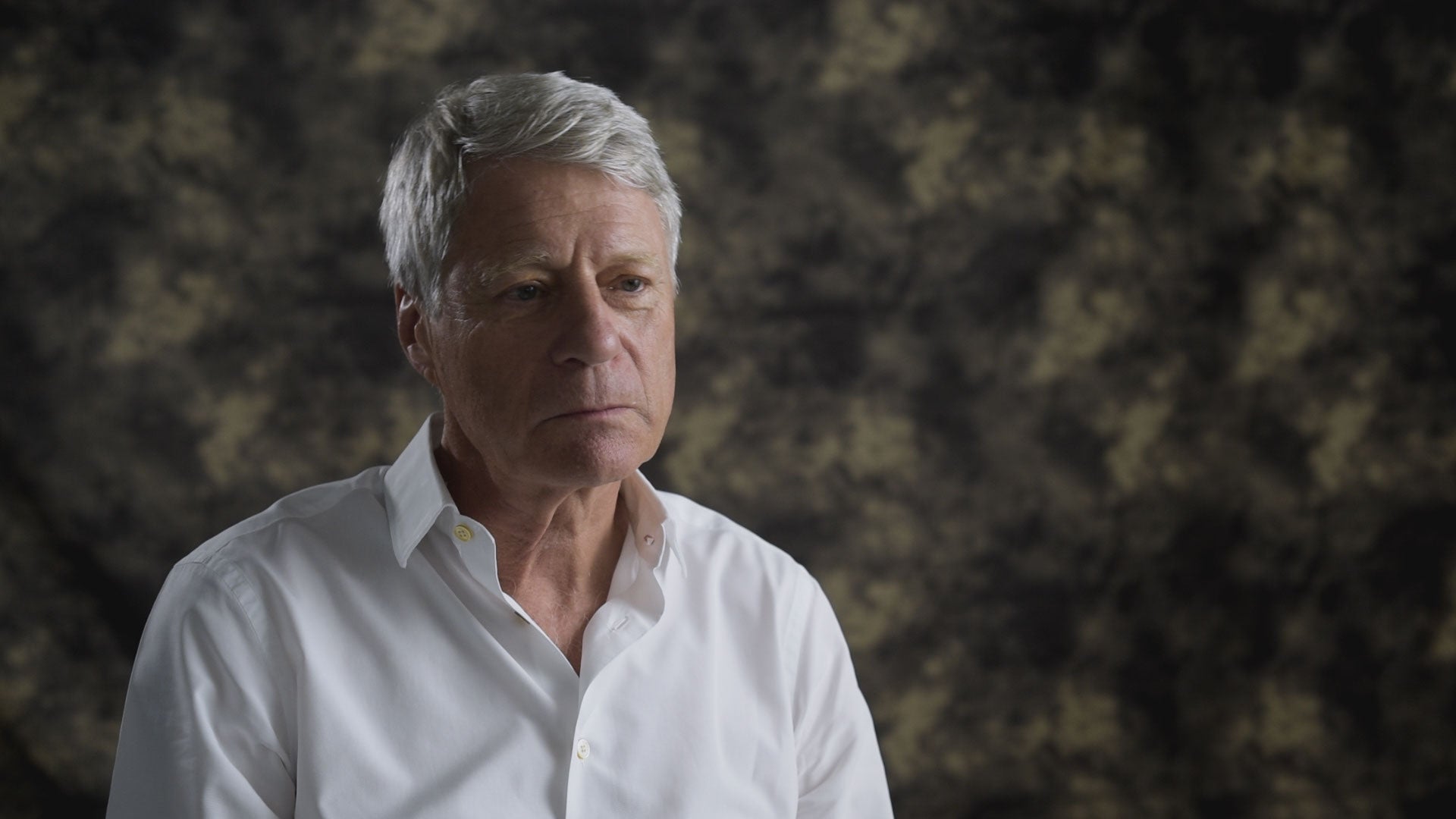
“Our job is not to give people a proportionate view of the world. Our job is to get stories, and those stories tend to reinforce a narrative that is already out there.”
The idea of a woman being attacked by a stranger is, he adds, something that, “girls are taught from when they are very young ... That’s why the disappearance of Suzy Lamplugh was such a big story.”
The other reason why the Suzy Lamplugh case has remained so high-profile is the fact that the family, quite rightly, have refused to let it fade away. Ross emphasises that, “Diana was determined to keep the case in the public eye. She was absolutely not going to let it drop. She was very anxious to keep the pressure on The Met.”
He maintains that Diana and Paul, who died in 2011 and 2018 respectively, “weren’t looking for vengeance. They absolutely refused to go into a spiral of hatred and anger. They were determined not to fall into the depths of despair. Diana busied herself doing everything she could to resolve the case, but also to stop this happening to other people. She and Paul were extraordinary.”
Anderson, who met Diana a few times and interviewed her in 2001, recollects that, “She was an astonishing woman. She was a no-nonsense, get-on-with-it sort of person. Her son Richard says that his mother was a doer. She was one of those people who would rather be doing something than sitting around impassively.
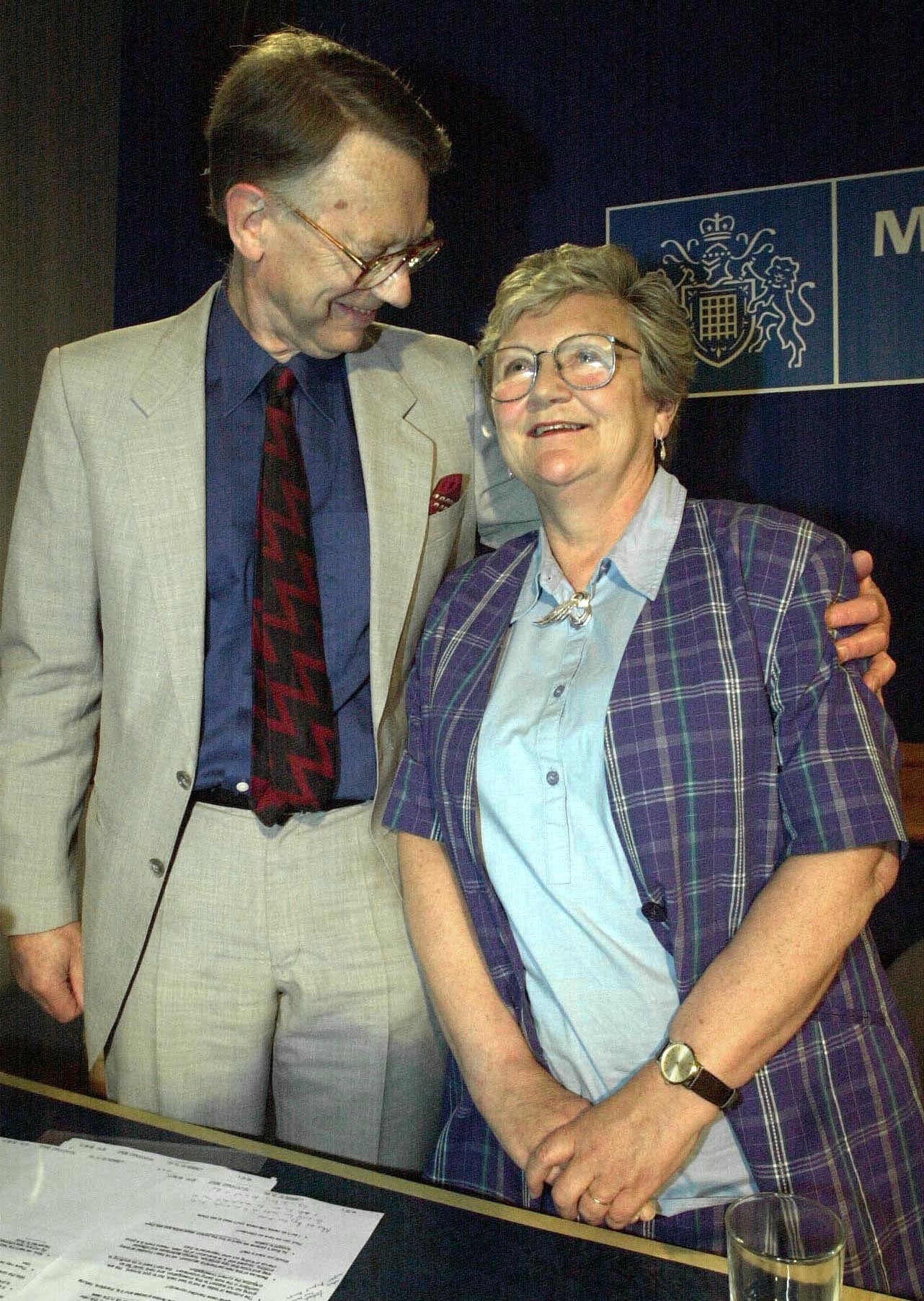
“For instance, on the night Suzy went missing, without telling the police, she and her husband dragged their dog down to the riverside at Putney to search for their daughter. There is a very poignant moment in one of the books about the case where Diana is pointing her torch across the Thames, shouting, ‘Suzy, Suzy!’”
The executive producer proceeds to recall that: “On another night, Diana found an old firearm in her garage and took it to Fulham where she was convinced Suzy had been locked up somewhere.”
In a famous TV interview, Anderson carries on: “Sue Lawley asked Diana about the criticism she had received for almost glorying in publicity. Diana replied that, ‘I just wanted to do something. I felt terrible that I couldn’t achieve anything to solve the case. So the best thing I could do was create as much publicity as possible to try and get information to help the police’. Everything Diana did was driven by the desire to find Suzy and to say, ‘God help families this happens to in future’.”
That sense of dignity and resilience has been passed down to Suzy’s siblings, Richard, Tamsin and Lizzie. Anderson comments: “Something so extraordinary can hit you from nowhere and define the rest of your life. The Lamplughs are just ordinary, humble people, but they have carried on remarkably well in the circumstances.”
We say we dislike crime, but we devour stories about it. We have an enormous appetite for it
The Mystery of Suzy Lamplugh also plays into our enduring fixation with true-crime stories. According to Ross: “There is a difficulty about human nature. We say we dislike crime, but we devour stories about it. We have an enormous appetite for it.”
Anderson, who has previously been controller of news, current affairs, arts and religion at ITV, executive producer of Question Time and editor of Watchdog, concurs. “We are fascinated by true-crime stories because they are often very emotional.
“They often involve people who are completely innocent, ordinary people who find themselves in an extraordinary set of circumstances way beyond their control. They’re the sorts of things that could happen to any of us. It’s like a Sliding Doors moment; if you go right instead of left, something terrible will happen to you.”
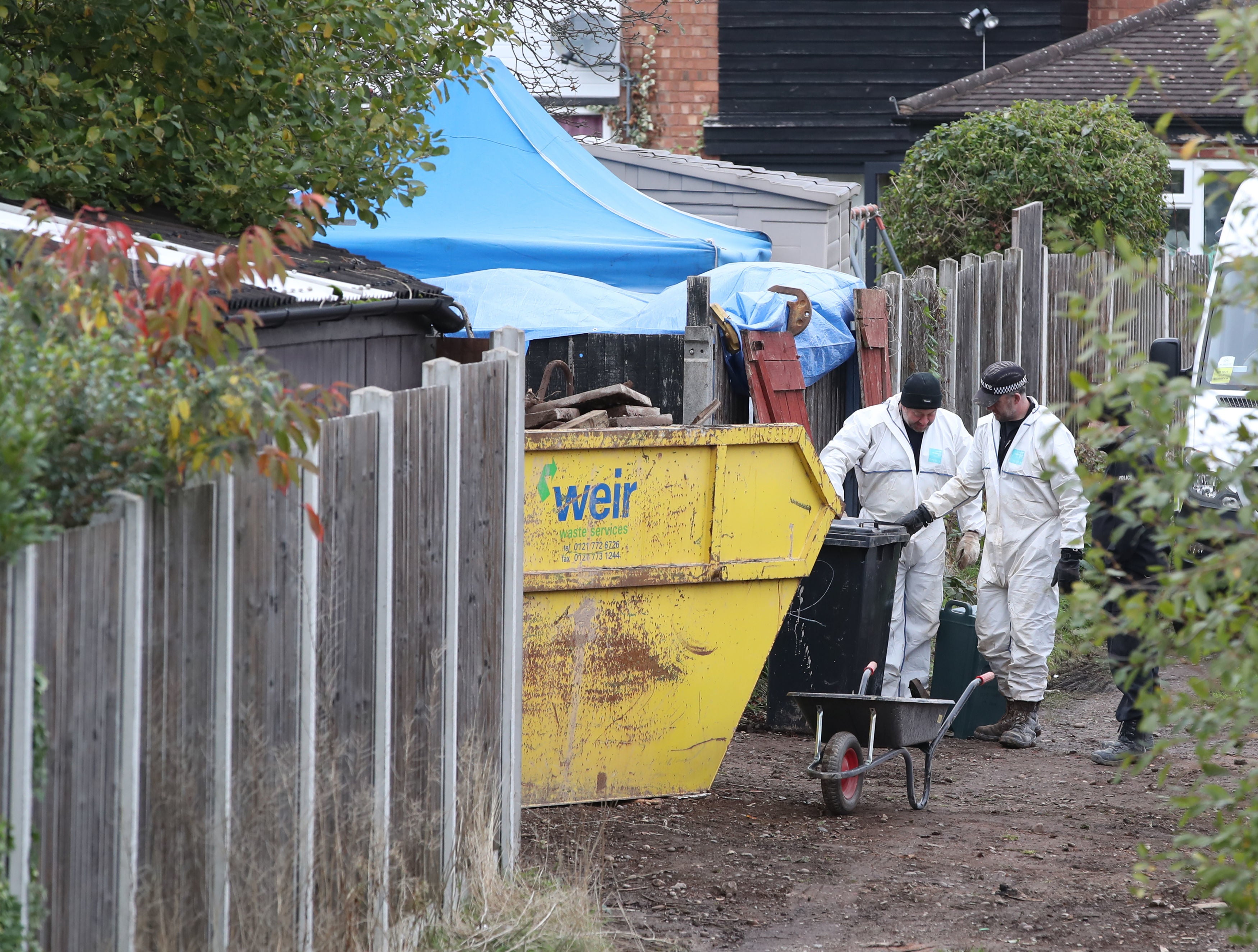
He adds: “If the case is resolved, people like to see bad guys get their comeuppance. But at the same time, you have cases like Suzy Lamplugh, which are still a mystery and haven’t achieved any resolution. There is a feeling that victims should have a voice and need to be heard. We should try to learn lessons from their cases.”
How would any family deal with something like this that comes right out of the blue? It’s absolutely heartbreaking
The fact that the disappearance of Suzy remains unsolved is a continuing source of anguish for the investigating officers. Former detective inspector Peter Johnstone, who worked on the original investigation, emphasises: “If we could have found someone, if we’d enabled the family to give her a Christian burial, I would have been very happy with that. But we weren’t able to do that, and I feel as though we have badly let them down.”
But above all, the documentary arouses huge sympathy for the Lamplugh family. Dickie says: “How would any family deal with something like this that comes right out of the blue? It’s absolutely heart-breaking.
“I completely feel for the family. The Lamplughs deserve closure. They deserve to know where their sibling is, to give her a proper burial, and to grieve properly. Any family deserves to know what happened to their loved ones. That’s a fundamental human right.”
Richard says that until the family know what happened to Suzy, they will be unable to find that closure. “We always think, ‘What if? What if Suze was still alive? What would she be doing? Would she have kids? Who would she be?’
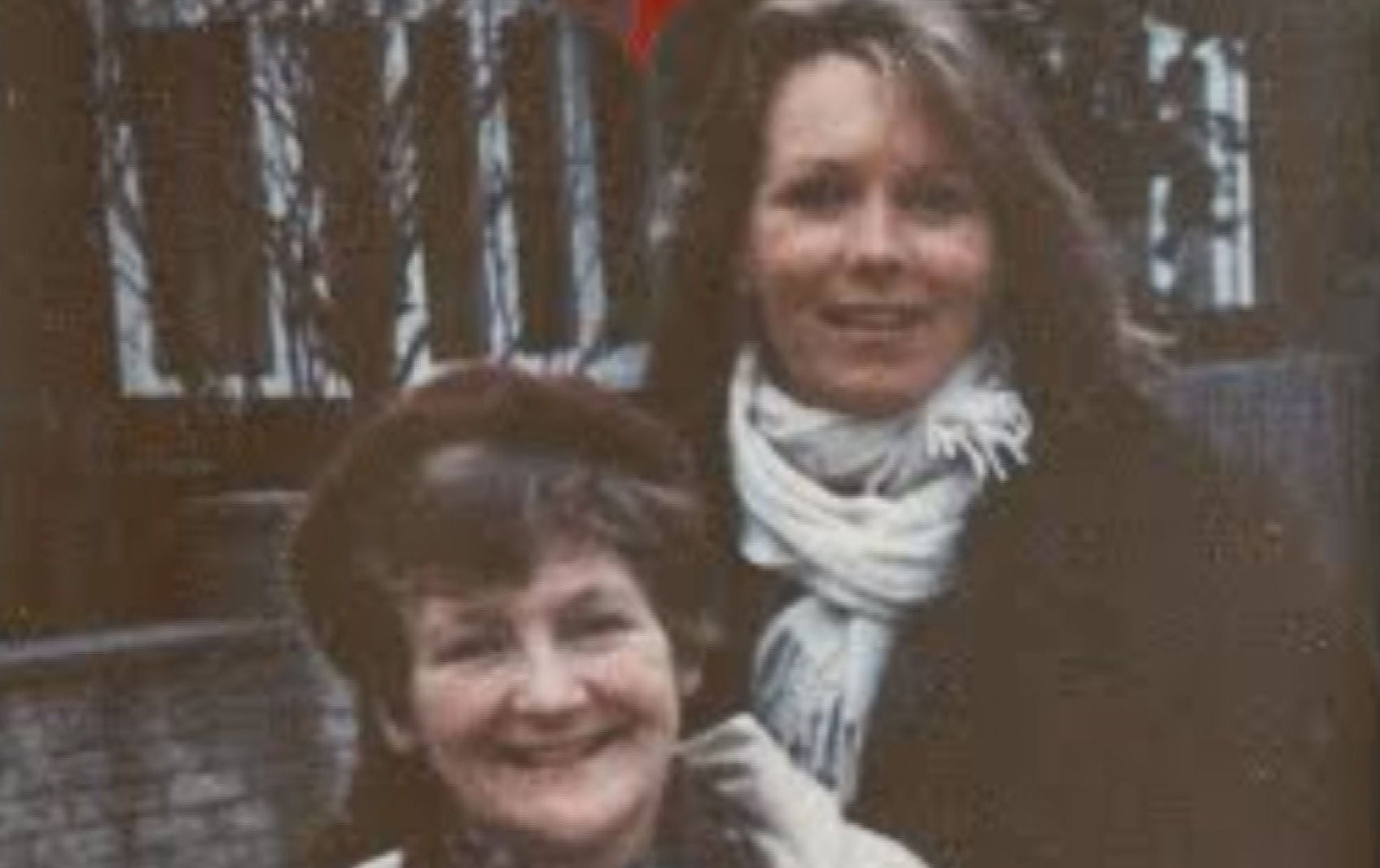
“We’ve never been able to grieve. You get to the stage where you don’t grieve because you want to stay as positive as possible. You feel sad, but you don’t want to mourn her loss because you don’t want to betray her, you don’t want to think the worst.”
This has clearly been the most appalling tragedy for the Lamplugh family. But at least one positive element has come out of this dreadful case: The Suzy Lamplugh Trust, which was started by her parents in 1996 to help families going through similar circumstances. It also runs the UK’s National Stalking Helpline and National Personal Safety Day.
Suky Bakher, the chief executive of the trust, says: “Suzy Lamplugh is very much an ambassador for the trust. Anything that we do always starts with Suzy’s story and Suzy’s picture and Suzy’s voice.
“It’s just been absolutely remarkable what the Lamplughs have been able to do, taking something so tragic and putting their energy into an organisation that has had such a positive impact on so many hundreds of thousands of lives. The trust has really driven the Lamplughs’ vision, so that what happened to Suzy never happens to anybody else.”
The trust is Suzy’s legacy. She may be gone, but she will never be forgotten.
‘The Mystery of Suzy Lamplugh’ premieres on Sunday at 9pm and 10pm on Sky Crime and NOW TV. Further information about the Suzy Lamplugh Trust can be found at https://www.suzylamplugh.org
The Suzy Lamplugh Trust operates a National Stalking Helpline: 0808 802 0300.




Bookmark popover
Removed from bookmarks